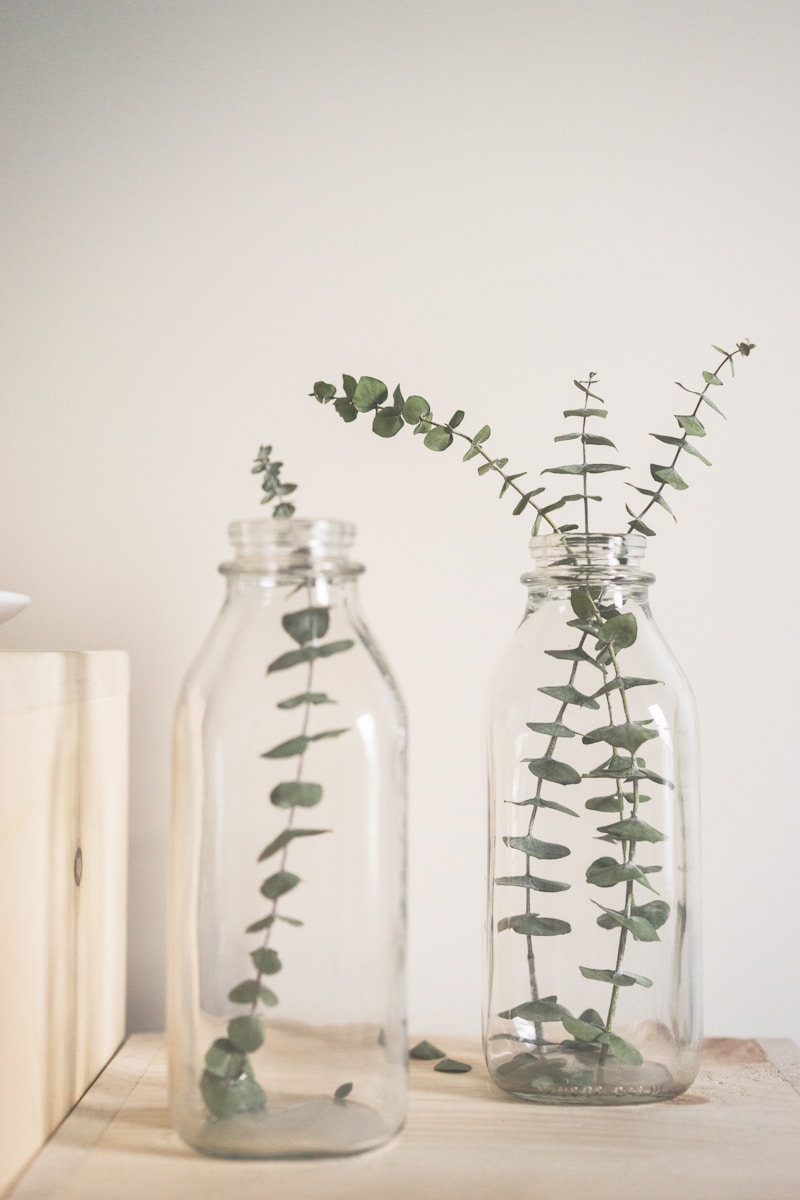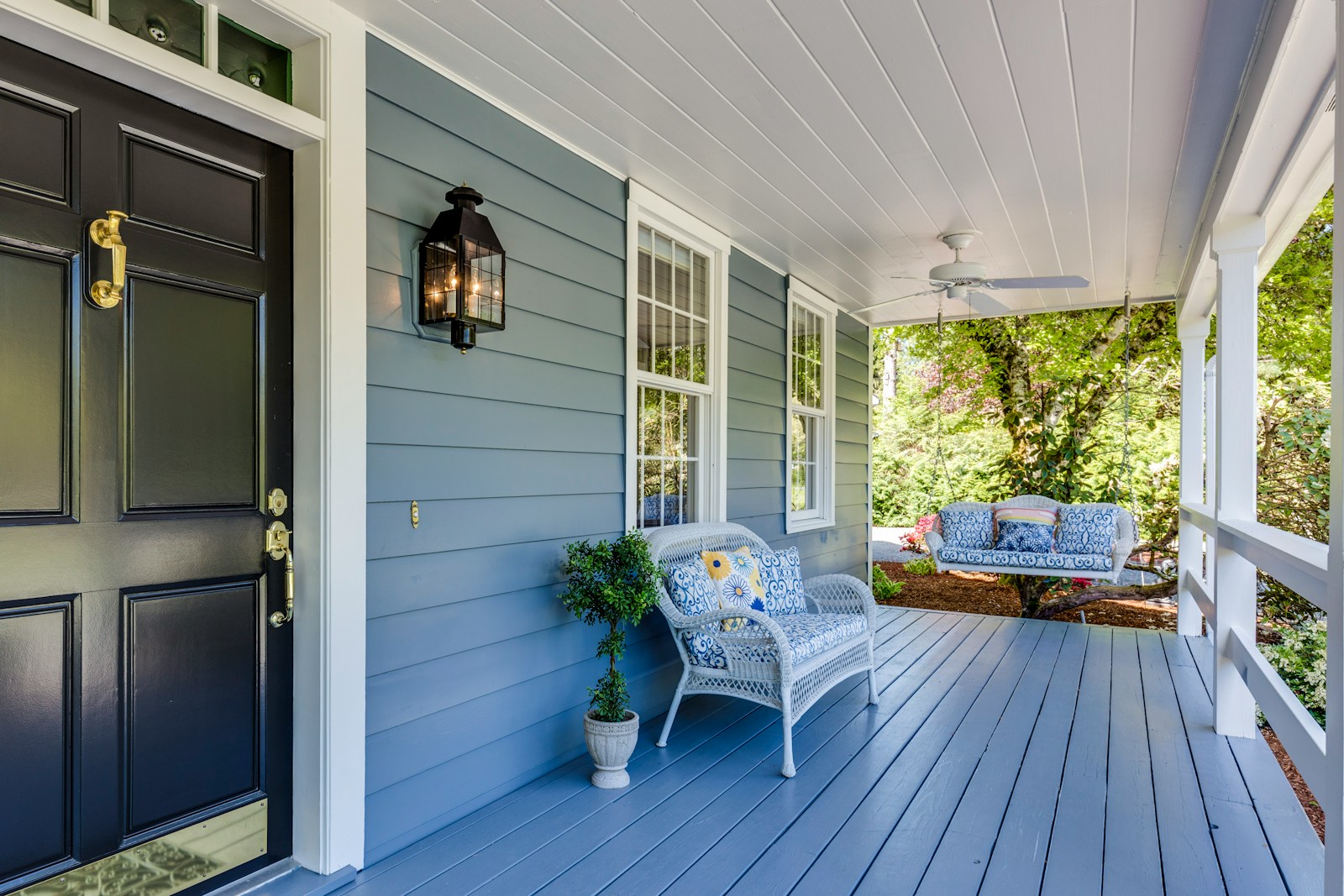Styling with Plants: Greenery as Decor
Nothing transforms a space quite like a little greenery. Whether you’re decorating a sun-drenched window or a cozy shelf, styling with plants adds warmth, movement, and a breath of fresh air to your home. From bold statement plants to tiny succulents, here’s how to bring nature indoors with style and intention.
Why Use Plants as Decor?
Plants do more than just look pretty. They purify air, reduce stress, and add organic texture to your space. Visually, they soften hard lines, break up monotony, and bring an earthy balance to even the most modern interiors. Best of all—they’re living decor that grows and changes with time.
Choose the Right Plants for Each Room
Every plant has its preferred environment. Before buying, think about the natural light, humidity, and temperature in your space. Some favorites by room:
- Living Room: Fiddle leaf fig, rubber plant, monstera
- Kitchen: Herbs, aloe vera, pothos
- Bathroom: Ferns, peace lilies, snake plant (low light + high humidity)
- Bedroom: Lavender, philodendron, ZZ plant
Use a Mix of Plant Sizes
Styling works best when there’s contrast. Pair tall, leafy plants with smaller tabletop ones for balance. Group plants in threes with different heights and textures to create depth. A big floor plant in one corner and a tiny cactus on a shelf can work together beautifully.
Get Creative with Planters
The container matters as much as the plant. Use planters to reflect your style—think ceramic pots for modern minimalism, woven baskets for boho vibes, or terra cotta for rustic warmth. Try hanging planters, wall-mounted pots, or even repurposed items like mugs and tins.
Layer Plants into Vignettes
Don’t just scatter plants randomly—style them like you would other decor. Place them on bookshelves, coffee tables, entryway consoles, or nightstands. Layer in books, candles, or framed art to create small styled moments that feel natural and intentional.
Use Greenery to Soften Edges
Plants are great for filling awkward corners or softening harsh architecture. Trailing vines can break up a tall bookshelf, while a leafy plant next to a hard-edged piece of furniture can create a more relaxed look.
Don’t Forget Vertical Space
Use hanging plants or wall-mounted planters to bring life to blank vertical areas. It’s a perfect way to add greenery without taking up floor space. Trailing plants like pothos, string of pearls, or ivy work especially well for this.
Group by Lighting Needs
When clustering plants, keep those with similar lighting needs together. This makes care easier and keeps your greenery happy and healthy. If you have low-light areas, consider artificial plants or super-hardy species like snake plants and ZZ plants.
Mix in Faux Plants Thoughtfully
Don’t shy away from artificial greenery if a space lacks light or you’re worried about upkeep. High-quality faux plants can look incredibly realistic. Mix them in with live plants to fill gaps and extend the look throughout your home.
Conclusion
Styling with plants is one of the easiest ways to breathe life and personality into your home. Whether you go big with statement greenery or sprinkle small pots throughout your space, plants add depth, texture, and a calming, natural feel. With a little creativity and care, your home can feel fresh, alive, and uniquely you.
Frequently Asked Questions
What are the easiest plants to care for indoors?
Pothos, snake plants, ZZ plants, and peace lilies are all beginner-friendly and forgiving when it comes to light and water.
How do I know if a plant will survive in my space?
Check the lighting and humidity levels in the room, then match plants to those conditions. Most plant tags or nursery staff can help guide you.
Can I mix real and fake plants?
Absolutely. Use faux plants in hard-to-reach areas or where light is limited. Just be sure to dust them regularly to keep them looking fresh.
How often should I water my houseplants?
It depends on the plant, but most houseplants prefer watering once a week or when the top inch of soil feels dry. Avoid overwatering—it’s a common mistake.
What if I have a black thumb?
Start with low-maintenance plants like snake plants or ZZ plants, or decorate with high-quality faux greenery while you build confidence.
© 2025 GardeningandDecor.com. All rights reserved.



